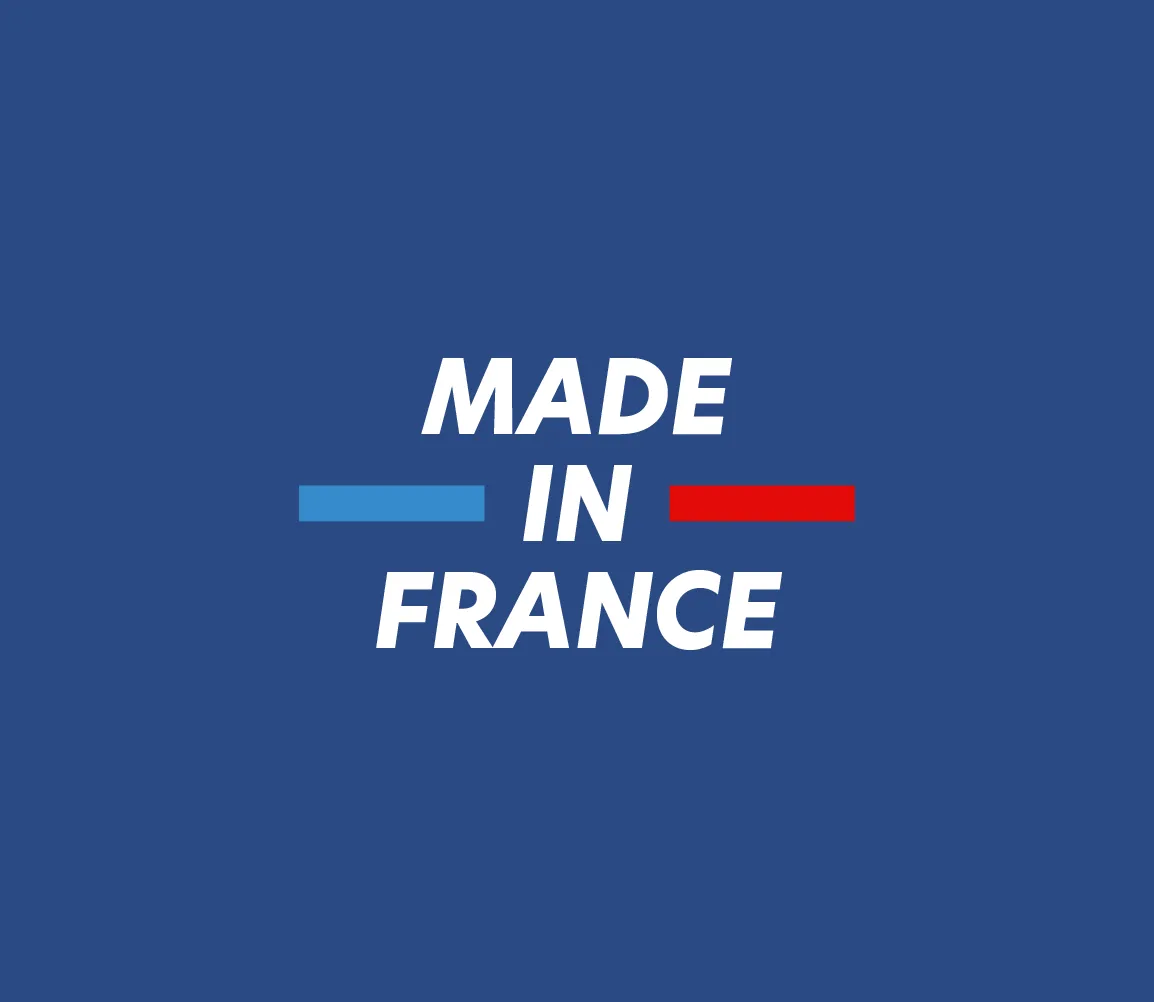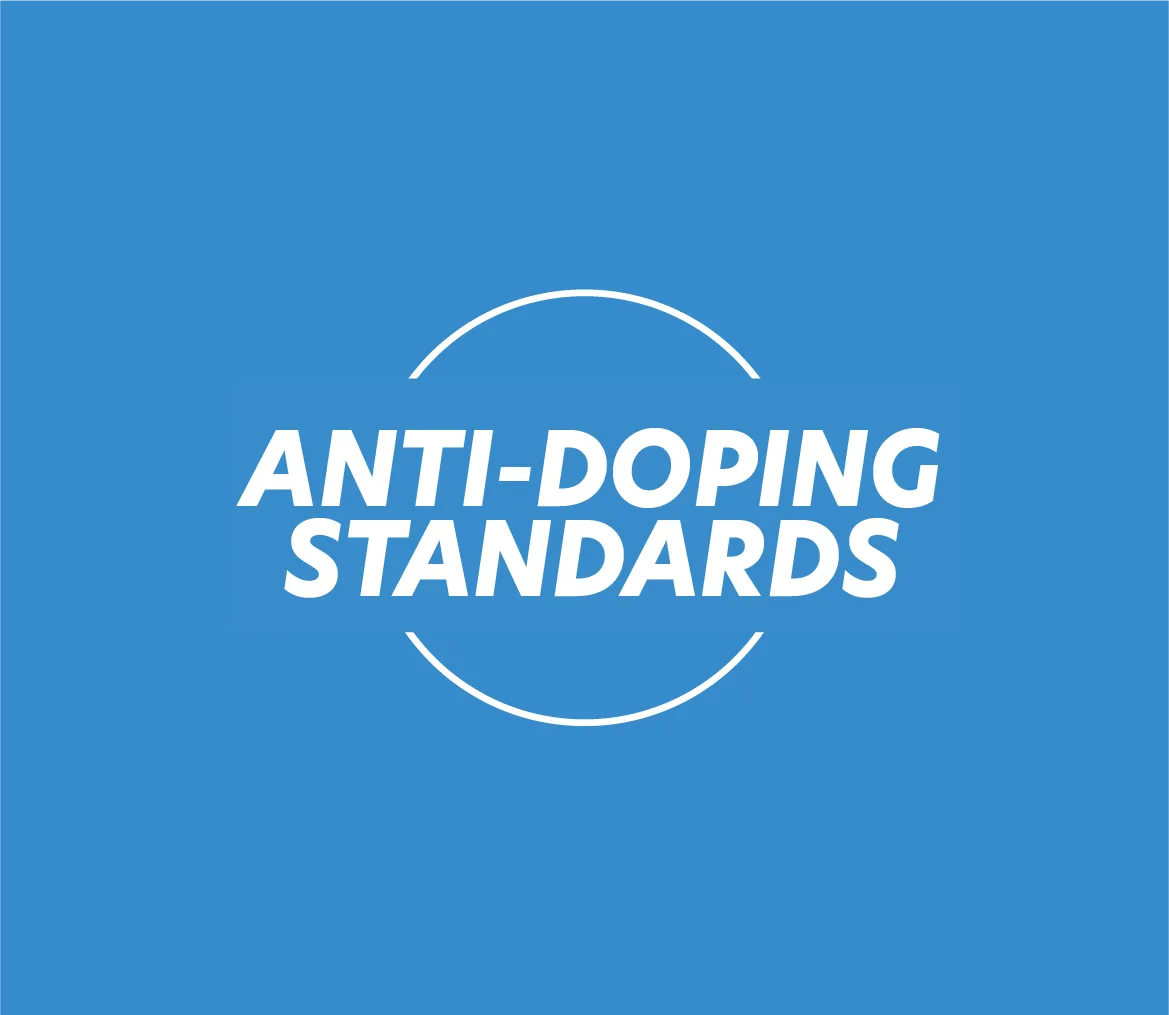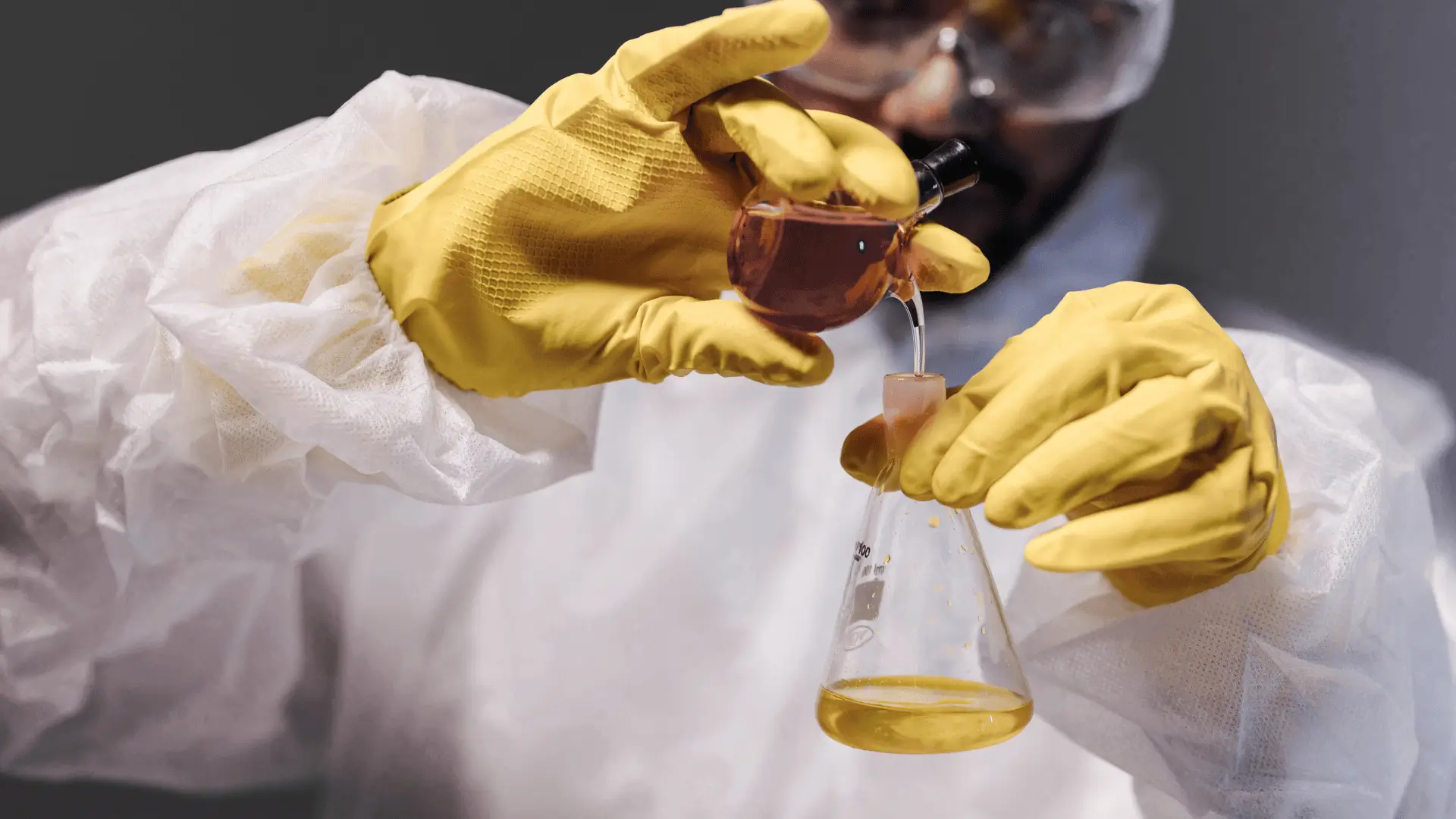Complete analysis of 235 products and 130 brands.
In this study, Protéalpes analyzed the main whey protein brands sold in France and Europe, focusing on identifying the additives (including sweeteners) used in their formulations.
The analysis was based on the brands' official websites for detailed compositions, as well as on OpenFoodData. The complete data extraction can be consulted here on Google Sheet or freely available here in CSV.
Many claim to be clean, pure or even organic, but of the 132 brands studied, only 3% offer truly "pure" whey proteins. For the others, a total of 68 different additives were identified!
Sucralose (implicated in various metabolic problems, but also very problematic in cooking1, 2) is found first in the compositions of 74% of brands. Not far behind is lecithin (an emulsifier) in the formulations of 62% of distributors.
Sweeteners account for 27% of additives, followed by emulsifiers with 22% and thickeners with 18%.
More than 7 additives on average
The analysis reveals that a third of brands exceed 7 different additives per range, turning their whey into a veritable cocktail of processed products. 50% of the brands analyzed use more than 5.
Please note that we are talking here about the number of different additives used per range, and not systematically about the total number of additives per product.
It's important to note that a cocktail of additives costs a few cents per kilo, but saves several euros on the production of the final product. Thickening gums give the impression of "consistency", multiple sweeteners camouflage the unpleasant tastes of low-end proteins, while colorants create the visual illusion of quality.
Sweeteners are much cheaper than sugar for the same sweetening power, even low-grade refined sugar. Marketing claims of "zero sugar" are actually not so much linked to a concern for your health as they are a disguised way of earning margin.
The result is whey made from ultra-processed products that have little in common with the original pure protein.
Artificial sweeteners out in force
At the top of the podium we find a synthetic sweetener: E955 (sucralose), an organochlorine.
A little further down the line is an equivalent, E950 (acesulfame potassium), found in 33 out of 235 products.
These substances provide a sweet taste without adding calories, responding to consumer demand for "sugar-free" products with a sweet taste. Sucralose is 600 times sweeter than conventional sugar, which explains why it is preferred by manufacturers.
Warning:
- With its extreme sweetening power, sucralose habituates the brain to excessive flavors and increases the appetite for sweetness.
- It has no nutritional value and, like aspartame, its safety is increasingly questioned.
- When heated, it degrades into toxic compounds.
The reign of lecithin
E322 (soy or sunflower lecithin) comes second in the ranking, with a presence in more than 6 out of 10 brands.
This substance acts as an emulsifier, mainly to bridge the gap between liquid and powdered proteins.
Its popularity stems from its dual function:
- improve powder solubility in liquids,
- provide a creamier texture.
EFSA (European Food Safety Authority) and FDA (United States) consider lecithin to be safe at the doses used in food.
However, the potential risk does not come from the lecithin itself, but from the use of GMO soy or pesticide residues if the lecithin is not organic or from controlled sources. According to Reuters, in the United States, around 96% of soy grown was genetically modified in 2024.
Soy lecithin may also contain traces of soy protein, potentially allergenic to sensitive individuals, even if the risk is very low (often eliminated during the manufacturing process). Solvents are also used to extract soy lecithin. These solvents, which are hazardous to health, may be found in trace amounts in the finished product.
Finally, some exploratory studies suggest that phospholipids (such as the phosphatidylcholine contained in lecithin) may interact with intestinal metabolism (formation of TMAO via choline, potentially associated with excess cardiovascular risk). Note that this concerns doses well in excess of those found in the normal diet.

Texturizing agents are virtually indispensable
Texturizing agents include gelling agents, thickeners, stabilizers and emulsifiers.
E415 (xanthan gum) and E412 (guar gum) rank 4th and 5th respectively among the most common additives.
These polysaccharides act as thickeners and stabilizers, preventing the components from separating and giving a homogeneous consistency to the liquid mixture.
Deciphering labels
Additives are not necessarily harmful, but they do reveal the manufacturer's philosophy. A whey with 4+ additives favors sensory experience over nutritional simplicity.
A whey without additives, with a concise and transparent list of ingredients, is often the sign of superior quality: it guarantees that you are consuming mainly compounds of real nutritional interest, without superfluous substances.
For purists: look for the words "no additives" or lists of ingredients with a maximum of 1-2 components.
For hedonists: accept a composition that contains natural sugars (whole cane sugar, maple sugar...) in adapted and controlled dosages, rather than sweetened solutions. You should know that, in the post-exercise phase, a consumption of around ten grams of carbohydrates is even very beneficial as a complement to proteins!
For the sensitive: beware of additives in the broadest sense, but especially sweeteners, which can cause digestive problems in some people.
More and more brands are riding the "natural" wave, replacing artificial sweeteners with stevia (steviol glycosides). An effective marketing approach, even these natural sweeteners remain too little studied over the long term and ultra-processed.
Whey proteins
WITHOUT Additives :
- No sweeteners
- No thickeners
- No acidity regulators
- No emulsifiers
- No colorants (E129...)
- No synthetic flavours
Whey Standard
Whey proteins
WITH Additives :
- Sweeteners
- Thickeners
- Acidity correctors
- Emulsifiers
- Dyes (E129...)
- Synthetic flavors

Our methodology: total transparency
For this analysis, Protéalpes used the OpenFoodFacts database, a global collaborative initiative that lists food products transparently and free of charge. This database contains over 2 million products, and is fed by consumers, nutritionists and manufacturers from all over the world.
The Protéalpes team focused its study on the French market only, as authorized additives and available brands vary from country to country. This ensures maximum relevance to French consumers and athletes.
For brands with no data available on OpenFoodFacts (i.e. 39 brands) our team manually consulted the information provided by manufacturers on their product pages.
The data collection process
Using the official OpenFoodFacts API, Protéalpes automatically analyzed all products containing the terms "whey", "protéine whey", "whey protein", "whey isolate" and "whey concentrate" available in France. Each product was checked to ensure that it was a whey protein and not a protein bar or other supplement.
The team then analyzed the list of additives in each product, using the official European E-codes to ensure accurate classification. Protéalpes calculated the frequency of appearance of each additive to establish this ranking.
Assumed limits
This study has a number of limitations, which Protéalpes fully accepts. Not all products on the market are referenced in OpenFoodFacts, and the quality of the data depends on the information provided by manufacturers. Protéalpes relies on declared labels, not on laboratory analysis.
However, the Protéalpes method has the advantage of being fully reproducible and free from commercial bias. Anyone can check the results by consulting the OpenFoodFacts database directly.
Please note that we do not mention any brands in this article, nor do we make any value judgments. Interpretation of factual data is at the reader's discretion. Please do not hesitate to contact us directly if you have any comments or questions.
Scientific sources
1 Sucralose affects glycemic and hormonal responses to an oral glucose load by Pepino et al - 2013
2 Sucralose, A Synthetic Organochlorine Sweetener: Overview of Biological Issues by Schiffman et al - 2013
Heating of food containing sucralose might result in the generation of potentially toxic chlorinated compounds by Andreas Eisenreich, Rainer Gürtler, Bernd Schäfer - 2020
Thermal degradation of sucralose: a combination of analytical methods to determine stability and chlorinated byproducts by Diogo N. de Oliveira, Maico de Menezes and Rodrigo R. Catharino - 2015
Tang WH, Wang Z, Levison BS, Koeth RA, Britt EB, Fu X, Wu Y, Hazen SL. Intestinal microbial metabolism of phosphatidylcholine and cardiovascular risk. N Engl J Med. 2013 Apr 25;368(17):1575-84. doi: 10.1056/NEJMoa1109400. PMID: 23614584; PMCID: PMC3701945.














